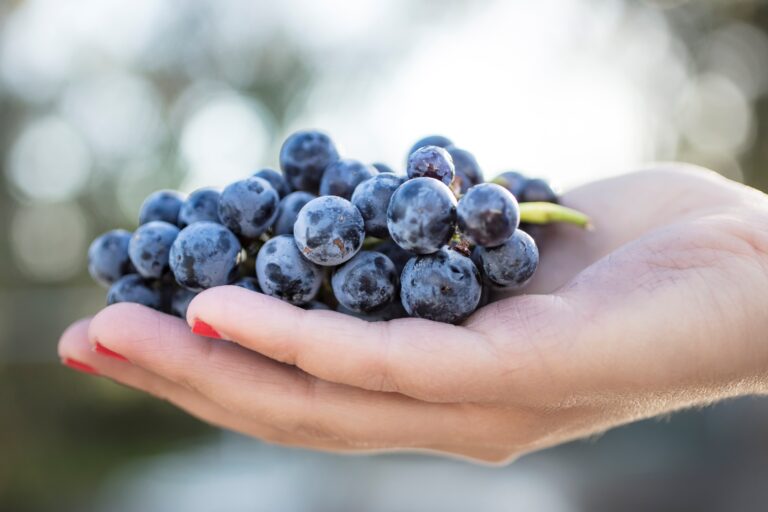26 Nov “What on Earth do you do?”

In speaking to the general public about my job, when I say I work in a winery people’s imaginations tend to romantic notions of sloping vineyards and sitting around sipping wine all day. Upon further discourse, many individuals are surprised to discover that wineries have laboratories and conduct chemical analysis of wines. “What on earth do you do?” they ask.
One of the most important parameters I check is to ensure that the acid content of grapes, juice and wine is within a narrow range. This is important as wines with too much acidity become tart and wines with not enough become flabby or soapy. Creating the correct acidic conditions also makes for a hostile environment for nasty microbes that might otherwise want to live in the wine causing unpleasant flavours or smells.
Another test is to determine the concentration of sugar in grapes throughout their maturation on the vine to indicate the best time to pick. Samples of grapes are collected from the vineyards then brought to the lab and crushed to release their juice which is tasted and analysed.

Sugar continues to be tested throughout the fermentation process at least twice daily. We monitor how well the ferment is going by measuring the decreasing amount of sugar as it is converted into alcohol by the yeast. Wines that have almost all of their sugar fermented away are considered dry. Wines which retain residual sugar don’t only taste sweeter but the presence of sugar can enhance fruit flavours and influence the mouth feel.
This brings us to the next investigation which is to determine alcohol content in finished wines through a process called distillation. Alcohol content is not only important for labelling purposes but also for making the wine stable and contributing to the palate and aroma.
Red wines and some white wines are then monitored for malolactic fermentation which is the conversion of malic acid to lactic acid. This conversion from a stronger to a weaker acid softens the wine and the lactic imparts a creamy or buttery characteristic. Additionally, the completion of this natural process prevents it happening spontaneously at a later stage such as post bottling, ensuring the soundness of the final product. This lab measurement uses a spectrophotometer which measures the absorption of different wavelengths of light as they pass through a solution.

Finally there are various tests and checks year round during the maturation process to ensure that the wines remain fresh, stable and free of spoilage and finally to get them bottle ready. We make at least 150 batches of wine each year and each wine is tested over 12 times in it’s lifetime!
So by the time I’ve explained all that, these individuals have either wished they hadn’t asked, or are googling the word microbes!


